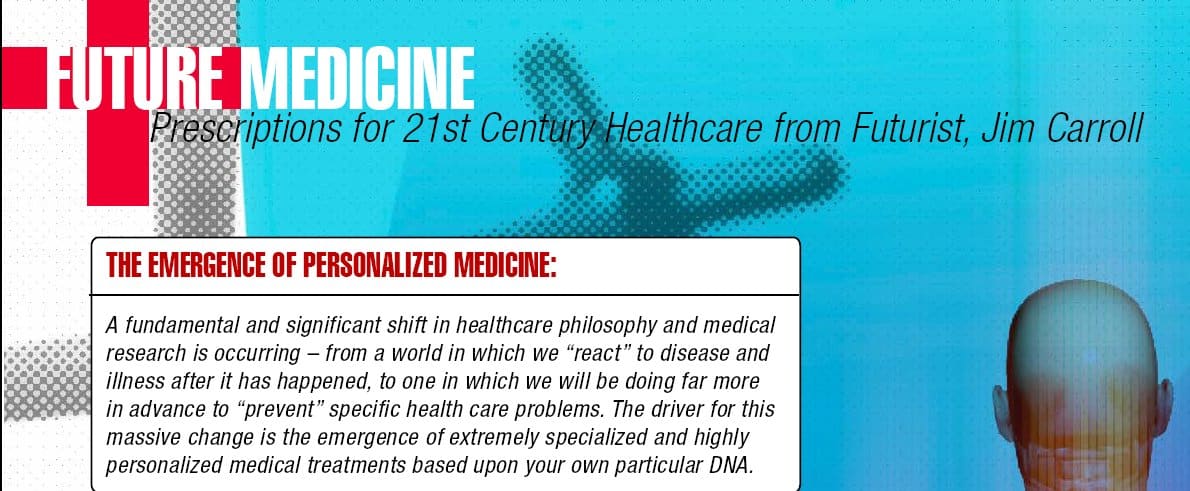 I was the opening keynote speaker yesterday in Dallas for a get-together of the Strategic Marketplace Initiative. This is a group that represents a variety of health care providers and hospitals, as well as pharmaceutical companies and other health care suppliers. There were some heavy hitters in the room — even WalMart was there, which is indicative of the role it is seeking to carve out in the pharmaceutical side of things.
I was the opening keynote speaker yesterday in Dallas for a get-together of the Strategic Marketplace Initiative. This is a group that represents a variety of health care providers and hospitals, as well as pharmaceutical companies and other health care suppliers. There were some heavy hitters in the room — even WalMart was there, which is indicative of the role it is seeking to carve out in the pharmaceutical side of things.
The group is devoted to trying to continue to improve the efficiency and quality of the supply-chain within the health care industry. My talk examined the future of health care; I’ve done such talks recently for the Blue Cross Blue Shield National Office, the Association of Organ Procurement Organizations, Harvard Pilgrim Health Care, Providence Health Care and the American Society for Health Care Risk Management.
There are certainly some big challenges. Consider these realities:
- total health-care spending – by individuals, companies, the government – reached $2.3 trillion in 2005
- health care spending is set to double to 20% of GDP within the next 10 years
- 400,000 nurses are set to retire by 2010
- 76 million baby boomers will be flooding the system for care
- lifestyle diseases wlll continue to drive stress into the system
At the same time, the health care system must innovate at a furious pace to keep up with the trends that are set to impact it in a significant way, such as:
- the rapid emergence of new technologies
- massive skills challenges (both demographic and scientific!)
- new business models and “competition,” particularly as retail concepts come to the industry, and “customer” expectations continue to increase
- combined with the rapid emergence of new knowledge, methodologies, treatments, pharma, driven by rapid science
The sad thing is that little of the political debate occurring in the US on how to fix the system has to do with the real trends which are occuring; it tends to focus only on the difficult and challenging issue of insurance and coverage.
My talk stirred a lot of debate, and was very well received. There’s an overview of some of the trends that I covered in my FUTURE MEDICINE Prescriptions for 21st Century Healthcare trends summary.




GET IN TOUCH
Jim's Facebook page
You'll find Jim's latest videos on Youtube
Mastodon. What's on Jim's mind? Check his feed!
LinkedIn - reach out to Jim for a professional connection!
Flickr! Get inspired! A massive archive of all of Jim's daily inspirational quotes!
Instagram - the home for Jim's motivational mind!